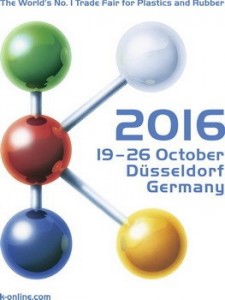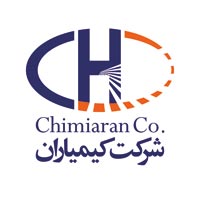PACKAGING RESEARCH: No adverse impact from using rPET in hot-fill bottles / Performance acceptable but yellowing at high recyclate levels affects aesthetics / PTI study

Using recycled PET (rPET) in hot-fill packages does not adversely impact the bottles until the blend exceeds 50%, according to research conducted by Plastic Technologies Inc (PTI, Holland, Ohio / USA; www.plastictechnologies.com). The packaging company said it carried out the study to provide information for brand owners contemplating including a percentage of rPET in their hot-fill bottles as part of their environmental initiatives.
The research evaluated virgin PET and two different rPET resins added to PET at levels of 25%, 50% and 100%. A 27g commercial 500ml six-panel hot-fill bottle and preform were used. Bottles containing the variable recycled content were processed in a similar manner to maintain equivalent wall thicknesses and maximise preform temperatures, with the objective of ensuring that the only difference was the amount of recycled content. The study found that all samples passed standard performance specifications, even at high rPET percentages; shrinkage increased slightly as the recycled content rose to above 50%, but the bottles remained within the specification; and high rPET content showed increased yellowing and higher haze levels.
“Even at 100% rPET resin use, the performance of the bottle used in this study was still acceptable. However, the typically thicker walls of hot-fill bottles may result in slightly more noticeable haze or yellowing than other applications such as very thin-walled water bottles,” said Tracy Momany, vice president of PTI’s product development group.
PTI said the study has demonstrated that converters and brand owners can use up to 50% good-quality rPET in hot-fill bottles without negatively impacting performance. RPET levels greater than 50% can also be used, although desired aesthetics will drive the acceptable level.













